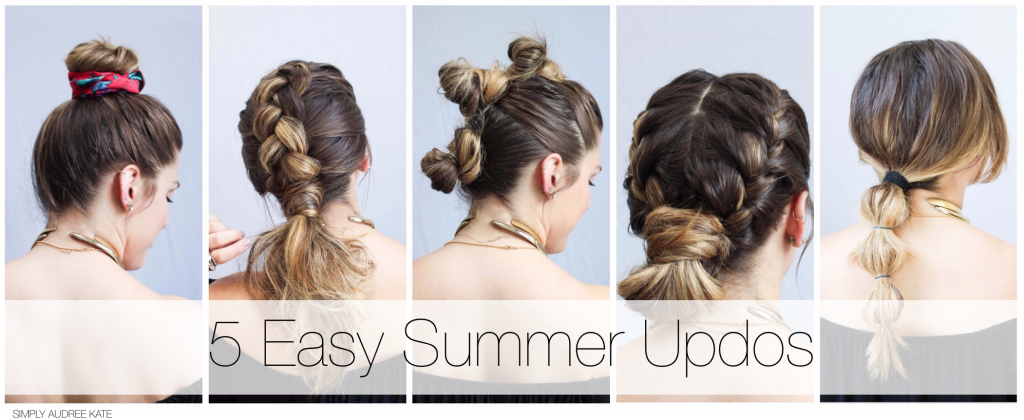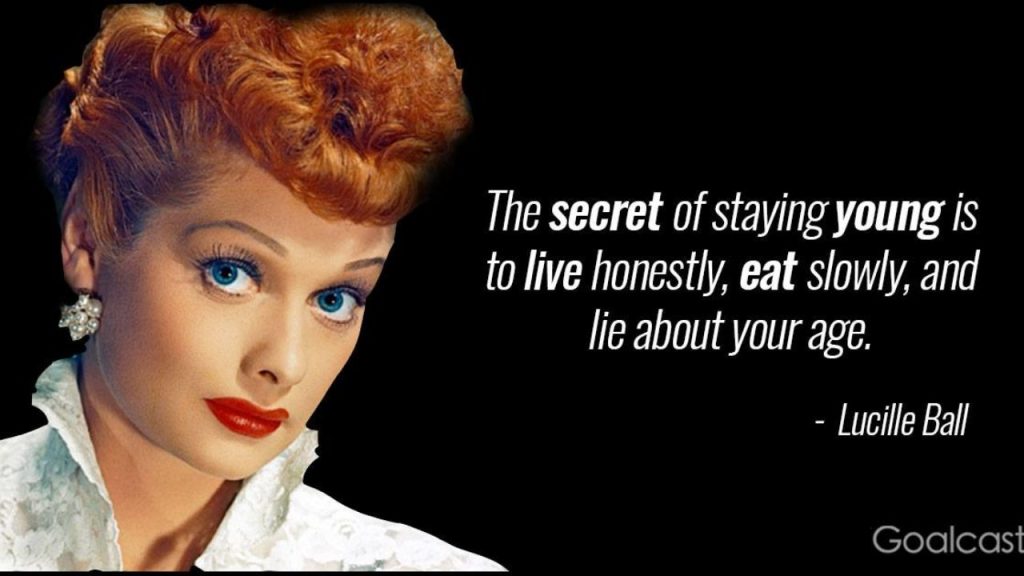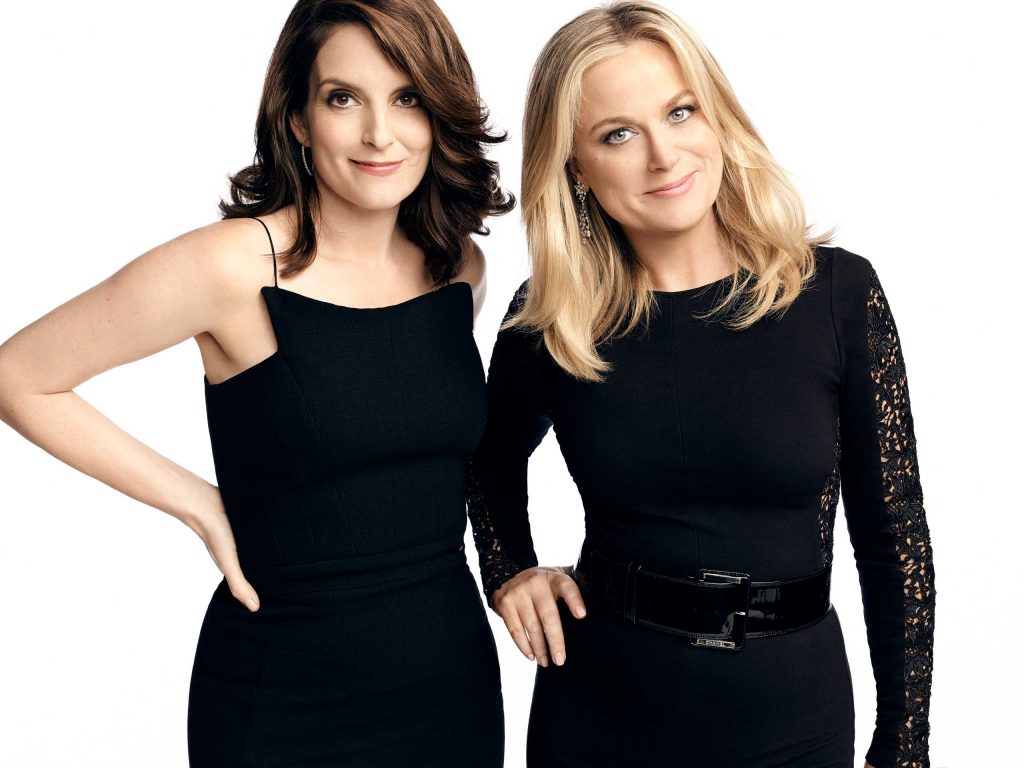The concept of the “gaze” in art and media has long been a topic of discussion and analysis. Often centered around the male gaze, which refers to the perspective and portrayal of women through the eyes of male artists or viewers. However, in recent years, there has been growing recognition and exploration of the “female gaze,” just as there is on play slots for real money. Which offers a unique and empowering perspective on women and their experiences. In various forms of artistic expression. Including film, photography, literature, and visual arts. In this article, we will delve into the concept of the female gaze, its significance, and its impact on art and media.
The male gaze is theorized by feminist film critic Laura Mulvey in her influential essay “Visual Pleasure and Narrative Cinema.” It describes how women are often objectified and represented in media through the lens of male desire. This can be seen in the way women are often portrayed as passive objects of the male gaze. With their bodies and appearances emphasized over their thoughts, feelings, and agency. The male gaze has been pervasive in art and media for centuries, shaping the way women have been depicted and perceived in visual culture.
In contrast, the female gaze offers a counterpoint to the male gaze. Providing a lens that challenges and subverts traditional gender roles. The female gaze seeks to depict women as subjects rather than objects. It portrays their experiences, desires, and perspectives in a more nuanced and authentic way.
One of the key aspects of the female gaze is the representation of women’s bodies. Unlike the hyper-sexualized and objectified portrayal of women’s bodies in the male gaze. The female gaze often celebrates the diversity, complexity, and agency of women’s bodies. It acknowledges and embraces the female body in all its forms. Including different body sizes, shapes, colors, and ages. Challenging the narrow standards of beauty and attractiveness imposed by the male gaze. The female gaze also portrays women’s bodies as active and powerful, rather than passive objects of desire. It captures the strength, resilience, and vitality of women’s bodies. Celebrating their sensuality, strength, and individuality.
Another important aspect of the female gaze is the depiction of women’s emotions, thoughts, and experiences. The female gaze often delves into the interior world of women. Exploring their inner thoughts, desires, and struggles with authenticity and depth. It portrays women as multi-dimensional beings with their agency, desires, and perspectives. Rather than reducing them to one-dimensional stereotypes or objects of male fantasies. The female gaze seeks to humanize women. Giving voice to their experiences, emotions, and stories. Thus, creating more nuanced and realistic representations of women’s lives.
The female gaze also challenges traditional gender roles and norms. Presenting women as active agents in their own lives and narratives. It portrays women who are complex, independent, and empowered. Breaking free from the traditional gender roles and expectations imposed by society. The female gaze often challenges the notion of women as passive objects of male desire. Or, as mere accessories to male characters, and instead presents women as active participants in their own stories. With their desires, ambitions, and journeys.
Furthermore, the female gaze is intersectional. Recognizing that women’s experiences are shaped by various intersecting factors. Such as race, class, sexual orientation, and gender identity. It acknowledges the diverse and intersectional experiences of women. It seeks to represent the voices and perspectives of women from different backgrounds and communities. The female gaze challenges the idea of a singular, monolithic female experience. Shedding light on the experiences of marginalized and underrepresented women.
In conclusion, the female gaze offers a powerful and empowering perspective. A perspective that challenges traditional gender roles. A perspective that also challenges objectification and stereotypes of women in art and media. It portrays women as multi-dimensional subjects with their agency, desires, and experiences. It celebrates the diversity and complexity of women’s bodies and emotions. The female gaze also recognizes the intersectional nature of women’s experiences. Acknowledging the diverse perspectives of women from different backgrounds and communities. The impact of the female gaze has led to more inclusive and diverse representations of women in art and media. Providing a platform for female artists to share their stories and perspectives authentically. It has also contributed to a broader cultural shift. Towards a more nuanced and inclusive understanding of gender and representation. Embracing and celebrating the female gaze is not only important for the representation of women in art and media. It is crucial to continue to support and elevate the female gaze in art and media. As it offers a fresh and empowering perspective, that can help reshape our understanding of gender and representation in the modern world.





